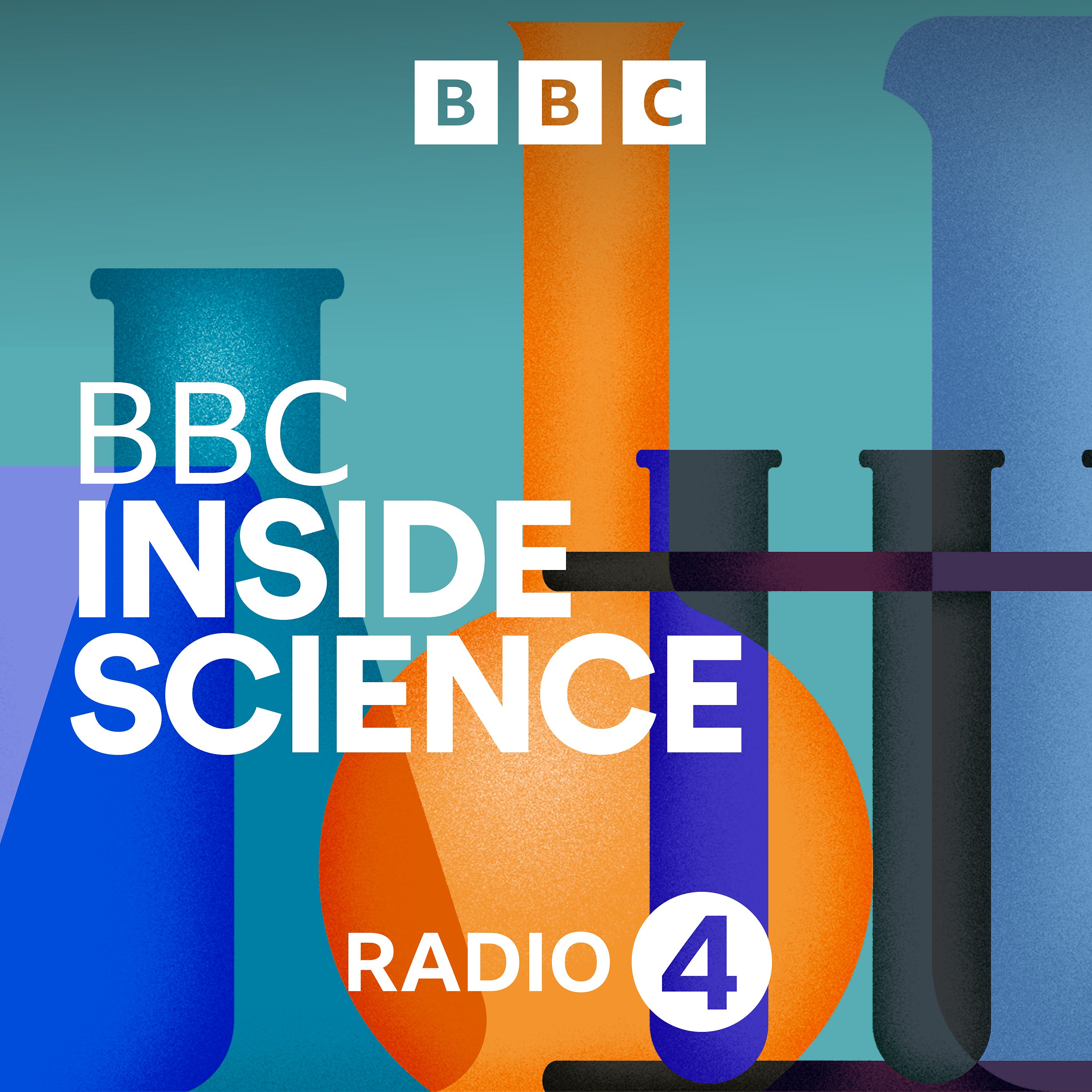White phosphorus
Description
White phosphorous is an incendiary material and if it were to be used in any built-up civilian areas, the practice would violate international law. We find out what makes white phosphorus so dangerous, and we ask how easy is it to identify? Andrea Sella, professor of chemistry at University College London, grants access to his laboratory and conducts an experiment with this highly flammable and volatile substance.
Whole words and phrases from crushed and carbonised scrolls can be read for the first time in almost two thousand years. The documents, uncovered from Herculaneum, an ancient Roman town close to Pompeii which was buried under volcanic ash, have been made legible thanks to 3D scans and artificial intelligence. Dr. Federica Nicolardi, a papyrologist at the University of Naples, tells us more about this exciting discovery.
Kate Zernike discusses her book The Exceptions, which tells the story of a group of 16 women who used their scientific know-how to inspire radical change. It’s been shortlisted for this year’s Royal Society Science Book Prize.
And finally, this month marks exactly a year since beavers became a protected species in England. BBC Inside Science goes to Devon in search of these charismatic animals and we ask what effect they have been having on the countryside.
Presenter: Victoria Gill
Producers: Hannah Robins, Harrison Lewis, Alice Lipscombe-Southwell and Patrick Hughes
Editor: Richard Collings
Production Co-ordinator: Jana Bennett-Holesworth
BBC Inside Science is produced in collaboration with the Open University.
More Episodes
Today we will be going for gold in more ways than one.
Inga Doak, the Head of Sustainability at The Royal Mint, reveals how the company plan to ‘urban mine’ gold from household electronic waste and turn it into jewellery. But with tens of millions of tonnes of e-waste piling up every year, the...
Published 09/05/24
Published 09/05/24
Space junk.
It might sound like an out-of-this-world problem that we don’t need to worry about here on Earth – but is it?
As we send more and more metal in the form of satellites up into space, scientists are warning it is becoming more of a risk both here – and up there.
We dig into the...
Published 08/29/24


